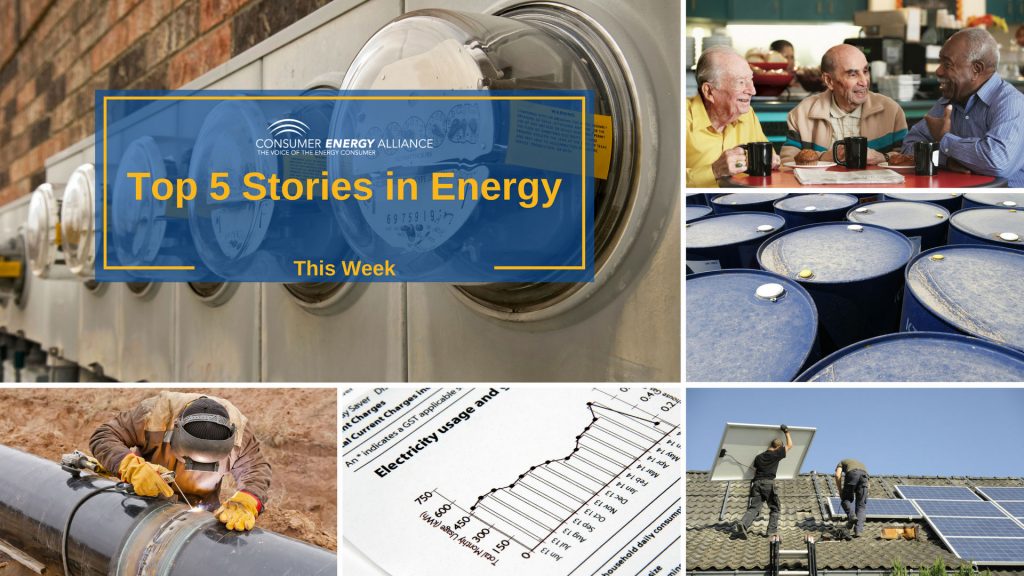Top 5 News Stories in Energy This Week
Records Set for U.S. Crude Oil Production and Natural Gas Output
U.S. October crude oil production and natural gas output set record highs per data from the U.S. Energy Information Administration– more than 11.5 million barrels per day and 96.7 billion cubic feet per day, respectively. The United State has become the world’s leading crude oil producer, surpassing Russia and Saudi Arabia, as production rose 79,000 barrels per day from September to 11.537 million in October. Also up from its September numbers in gross natural gas production in the lower 48 states – an all-time high of 96.7 billion cubic feet per day (bcfd) in October, up from the 96.0 bcfd record set in September.
First Large Offshore Wind Farm Set for the U.S.
An 800-megawatt offshore wind farm is set to be the first large offshore wind farm in the U.S. – the Vineyard Wind project. Construction is slated to begin in 2019 about 55 kilometers south of the Massachusetts mainland. Undersea transmission cable will be laid between the project site and Cape Cod, where the cable will connect in Barnstable, and from there to the New England power grid.
Energy Infrastructure in 2019
As the United States has continued to grow its crude oil production and natural gas output, it’s vital that additional energy infrastructure projects are put into motion to help need growing energy needs and demands – this means oil and natural gas pipelines, transmission lines and power plants. According to data provided by the Interstate Natural Gas Association of America, Canada, and the U.S. will need to add 7.7 million barrels per data of new oil transport capacity to ensure demands can be met.
New Study Lists Possibilities for Floating Solar Panels
The U.S. Department of Energy is reportedly looking into floating solar panels as a new study, and first of its kind in the U.S. comes from the Energy Department’s Natural Renewable Energy Laboratory in Colorado. The study found that more than 24,000 man-made U.S. reservoirs would be suitable for this innovative technology and could generate about 10% of the nation’s annual electricity production. Although many questions remain to be answered in regards to conservation efforts, a motivating factor in installing these floating solar panels is to help utilities get more out of their existing transmission systems and increase renewable energy across the nation. Currently, the U.S. only has seven floating PV sites as of December 2017, where other countries like Japan have over 100.
Energy Storage in 2019
In 2018 the U.S. surpassed 1GW of deployed energy storage – enough energy to power about 700,000 homes. Moving into 2019, how can policymakers and the industry work together to grow storage? The main concerns seem to be surrounding policy, fire safety, access to lithium-ion cells and end-of-life care.
